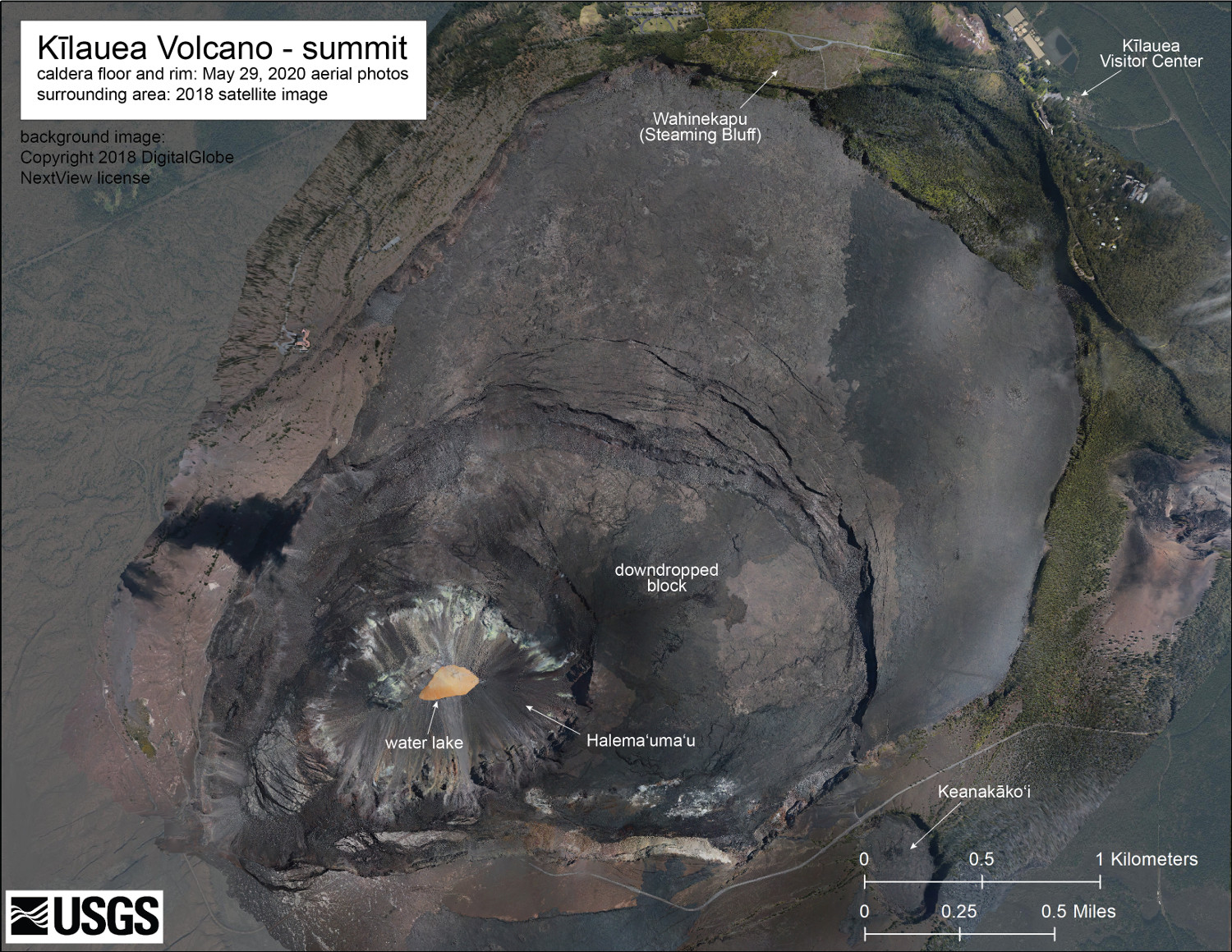
(USGS HVO Map) The May 29 overflight provided updated aerial photographs of Kīlauea summit, covering the caldera floor and showing the current size of the water lake in Halema‘uma‘u crater. The water lake has a surface area of approximately 25,000 square meters (6.2 acres), which is more than double the area measured in late December, when it was 11,000 square meters (2.7 acres). The water lake is still smaller in area than the former Halema‘uma‘u lava lake, which was approximately 48,000 square meters (11.9 acres) just before it drained in May 2018. The label “downdropped block” shows the large portion of the caldera floor that subsided, along with the Halema‘uma‘u region, during the 2018 eruption.
(BIVN) – Kīlauea is not erupting, and the USGS Volcano Alert level remains at NORMAL.
According to the monthly Kīlauea activity update published by the USGS Hawaiian Volcano Observatory on June 4, monitoring data for the month of May “show variable but typical rates of seismicity and ground deformation, low rates of sulfur dioxide emissions, and only minor geologic changes since the end of eruptive activity in September 2018.”
Here are the full observations as written by USGS HVO scientists:
Rates of seismicity over the month were about 25 percent lower than during the past month. Sulfur dioxide emission rates are low at the summit and are below detection limits at Puʻu ʻŌʻō and the lower East Rift Zone. The crater lake at the bottom of Halema’uma’u continues to slowly expand and deepen. As of June 3rd, the lake depth was approximately 36 meters or 118 feet.
During the past month, summit tiltmeters showed a slight increase in inflationary tilt, consistent with an increase in the rate of magma entering the volcano’s shallow storage system. Additionally, tiltmeters recorded two deflation-inflation (D-I) events during the same time period, half as many as April 2020 and substantially lower than prior months.
Gas measurements show continuing low levels of sulfur dioxide emission from the Halema’uma’u area, which likely means magma is not present within a few hundred meters (yards) of the surface. Some amount of sulfur dioxide is being dissolved into the summit lake and work continues to try and quantify this process. The lake was last sampled by UAS in January and additional sampling with UAS is planned.
Farther east, on Kīlauea’s East Rift Zone, GPS stations and tiltmeters continue to show motions consistent with refilling of the East Rift Zone magmatic reservoir in the broad region between Puʻu ʻŌʻō and Highway 130. An increase in deformation rates beginning in March 2020, consistent with an episode of rift inflation west of Highway 130, lessened during past the month and rates are nearly back to the same levels as before March. GPS stations on Kīlauea’s south flank continue to show elevated rates of motion that could indicate increased creep on the décollement fault underlying the south flank, likely in response to the May 4, 2018 M6.9 earthquake near Kalapana. HVO continues to carefully monitor all data streams along the Kīlauea East Rift Zone and south flank for important changes.
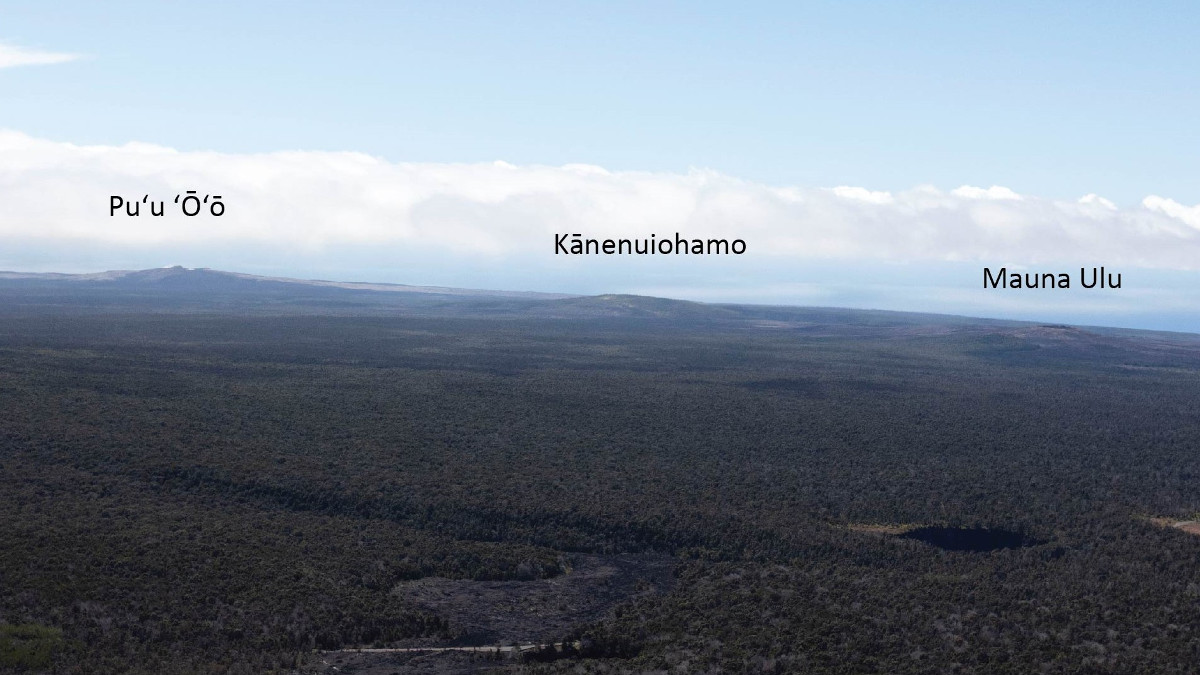
This view of Kīlauea’s East Rift Zone was captured from the summit during a recent overflight. Visible are three prominent lava shields: Mauna Ulu, Kānenuiohamo, and Pu‘u ‘Ō‘ō. Mauna Ulu was active from 1969–1974; Kānenuiohamo formed at least several hundred years ago; Pu‘u ‘Ō‘ō was active from 1983–2018. (USGS HVO photo)
Although not currently erupting, areas of persistently elevated ground temperatures and minor release of gases are still found in the vicinity of the 2018 lower East Rift Zone fissures. These include steam (water), very small amounts of hydrogen sulfide, and carbon dioxide. These conditions are expected to be long-term. Similar conditions following the 1955 eruption continued for years to decades.
Hazards: Hazards remain in the lower East Rift Zone eruption area and at the Kīlauea summit. Residents and visitors near the 2018 fissures, lava flows, and summit collapse area should heed Hawaii County Civil Defense and National Park warnings. Lava flows and features created by the 2018 eruption are primarily on private property and persons are asked to be respectful and not enter or park on private property.
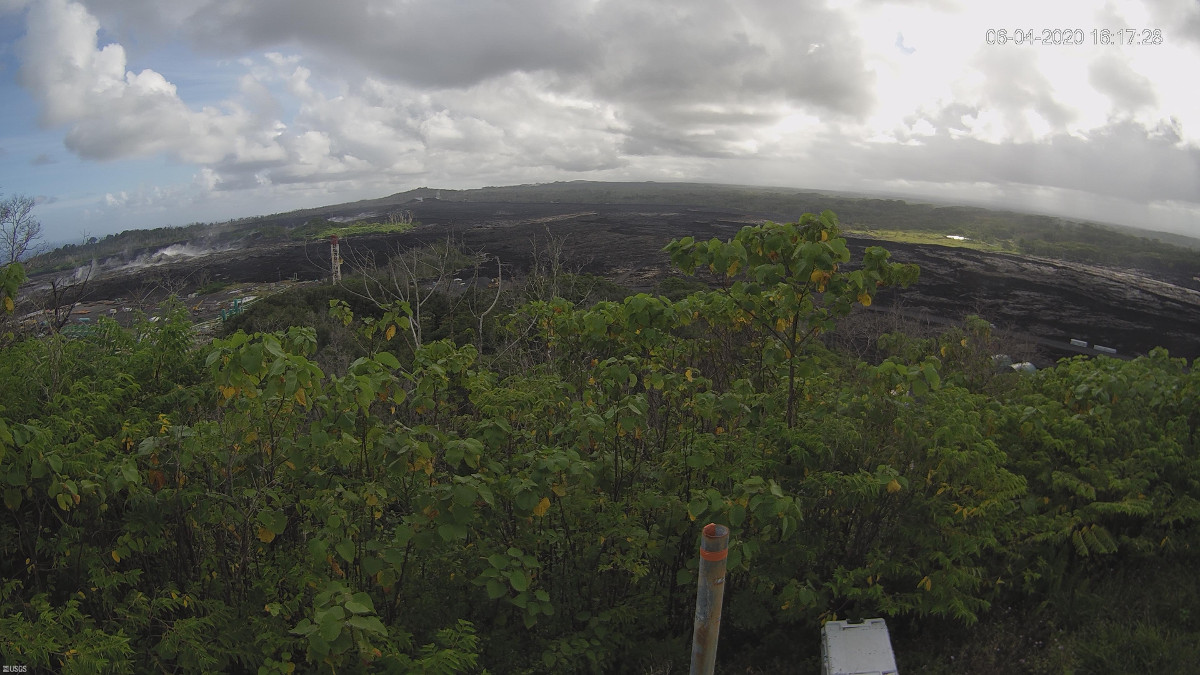
USGS HVO webcam image is from atop Puʻu Honuaula looking southwest towards Leilani Estates, scientists say.
The Hawaiian Volcano Observatory (HVO) continues to closely monitor geologic changes, seismicity, deformation, and gas emissions for any sign of increased activity at Kīlauea. HVO maintains visual surveillance of the volcano with web cameras and field visits. Additional messages and alert level changes will be issued as warranted by changing activity.
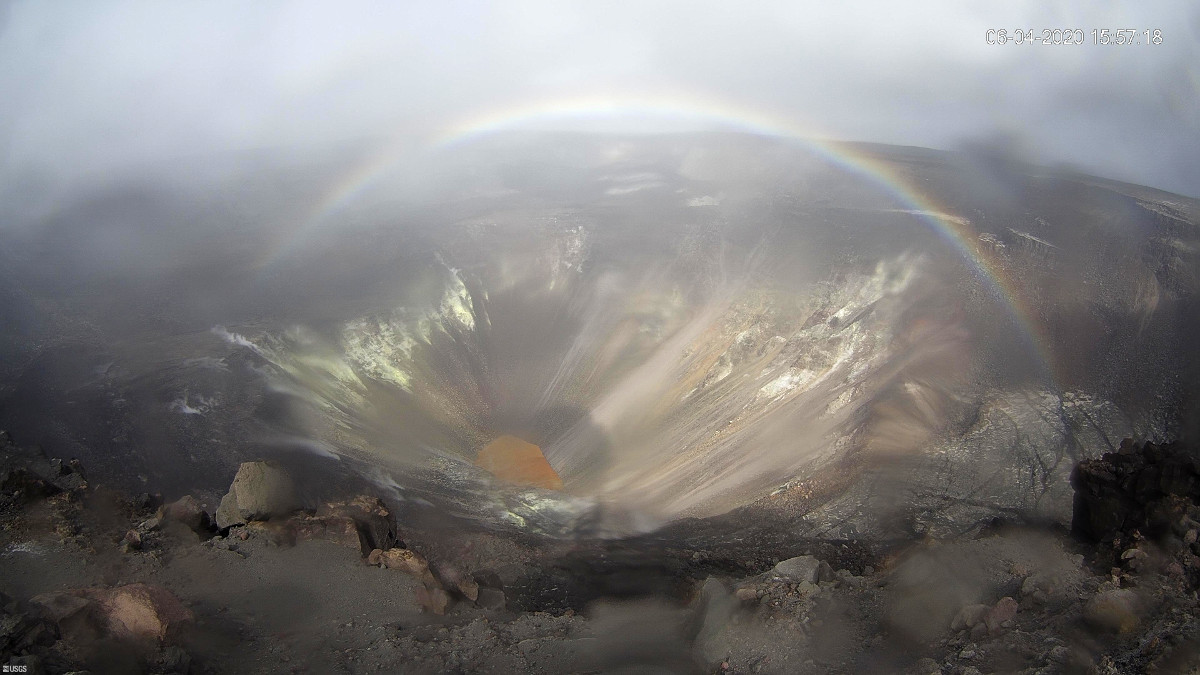
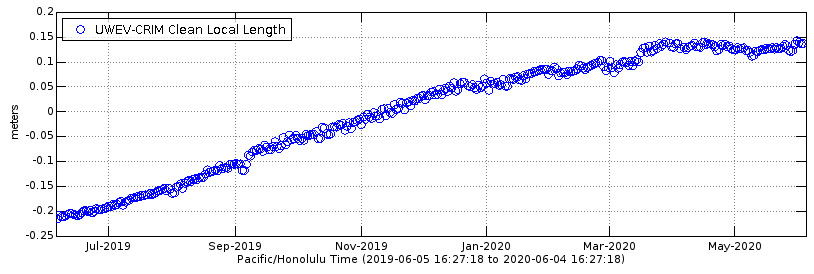

by Big Island Video News4:45 pm
on at
STORY SUMMARY
HAWAIʻI ISLAND - For another month, scientists say monitoring data have shown no significant changes in volcanic activity at Kīlauea.